Disclosure: This article contains affiliate links. We may earn a commission from purchases at no extra cost to you, which helps our travel content.
The moment our small seaplane banked over Oahu's windward coast, revealing that impossible gradient of turquoise to cobalt blue waters embracing Kailua Beach, I knew this would be different from my typical research expeditions. Trading the Scottish Highlands' vintage steam locomotives for Hawaii's marine ecosystems might seem an unusual pivot, but observing nature's patterns remains my constant. This time, however, I was accompanied by my colleague Sarah and her three children, offering me the perfect opportunity to explore how luxury family travel can harmonize with environmental education. What unfolded was a week of discovery that balanced scientific wonder with pure, unbridled childhood joy.
The Living Laboratory of Kailua Bay
Kailua's protected bay creates what marine biologists consider a perfect natural laboratory—gentle currents, exceptional visibility, and a remarkable diversity of marine life accessible even to novice swimmers. While many visitors see only the postcard-perfect beaches, the real magic happens beneath the surface.
Our first morning began with a private guided snorkeling expedition with Kailua Ocean Adventures. Unlike commercial operations that shuttle dozens of tourists to overcrowded spots, their marine biologist-led tours limit group sizes and emphasize respectful wildlife observation. The children were equipped with junior snorkel sets that actually stayed in place—a revelation for anyone who's witnessed the frustration of ill-fitting masks on excited children.
We glided over patches of coral gardens where butterflyfish darted between formations while our guide explained coral polyp feeding patterns in terms the children could grasp. When a green sea turtle materialized from the blue, the underwater squeals of delight through snorkels needed no translation. The guide demonstrated proper viewing distance while explaining how these ancient creatures navigate using Earth's magnetic field—turning an ordinary swim into a living science lesson.

💡 Pro Tips
- Book marine biologist-led tours early in your trip so children can apply their knowledge throughout the week
- Morning snorkeling sessions typically offer calmer waters and better visibility
- Bring reef-safe sunscreen only; conventional formulations damage the very ecosystems you're there to enjoy
Kayaking the Mokulua Islands: A Floating Classroom
The twin Mokulua Islands ('the Mokes') sitting a mile offshore from Kailua Beach aren't merely photogenic landmarks—they're seabird sanctuaries and geological marvels that tell the story of Oahu's volcanic formation. Rather than joining the flotilla of rental kayaks that sometimes overwhelms these delicate ecosystems, we arranged a guided educational expedition with Kailua Beach Adventures.
Our guide, a native Hawaiian with ancestral connections to these waters, transformed our paddle into a floating classroom. The children learned to identify native birds while developing proper kayaking technique. We used waterproof binoculars to spot red-footed boobies nesting on the islands' steep faces—the same species I'd observed in the Galapagos during migration studies.
The protected lagoon on Moku Nui (the larger island) provided a natural tide pool laboratory where the children discovered sea cucumbers, brittle stars, and juvenile reef fish. Our guide shared traditional Hawaiian ecological knowledge, demonstrating how indigenous science often anticipated modern biological discoveries by centuries.
The paddle back offered an impromptu lesson in seasonal currents as we timed our return with the afternoon trade winds—nature's assistance that traditional Hawaiian navigators understood intimately.
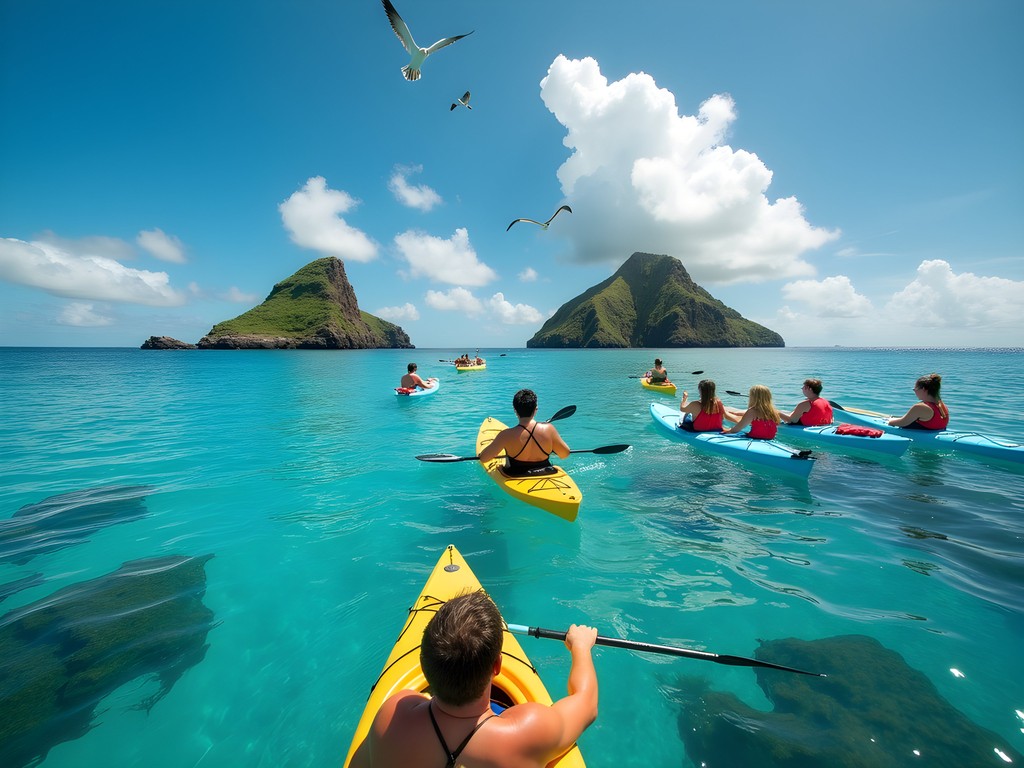
💡 Pro Tips
- Book guided kayak tours that include landing permits for Moku Nui—independent landings are restricted
- Choose morning departures when winds are calmer, especially with younger children
- Pack dry bags for cameras and valuables—the journey involves some splashing
Paddleboarding with Purpose: Coastal Ecosystem Surveys
Stand-up paddleboarding offers a unique vantage point for observing marine ecosystems—you're simultaneously seeing below, at, and above the water's surface. For families with older children (8+), this perspective transforms a trendy water sport into genuine scientific observation.
We partnered with Kailua's Sustainable Coastlines organization for a morning of citizen science disguised as adventure. After basic instruction on inflatable paddleboards (remarkably stable for beginners), we were equipped with waterproof observation journals and simple quadrat frames for counting species within defined areas.
The children quickly mastered the paddling technique, finding balance easier than expected thanks to the boards' stability. We formed a transect line moving from the beach to the reef edge, recording fish species, bottom composition, and evidence of human impact. Their observations would later be uploaded to a database tracking the bay's health over time.
What struck me was how this activity transformed the children's relationship with the environment. No longer passive tourists consuming a beautiful view, they became active participants in understanding and protecting it. When Sarah's middle child spotted an unusual aggregation of parrotfish and correctly identified their ecological role as coral cleaners, her pride was palpable—the moment a recreational activity crystallized into scientific understanding.

💡 Pro Tips
- Choose calm morning waters for first-time paddleboarders, especially with children
- Polarized sunglasses dramatically improve visibility into the water
- Waterproof phone cases allow for photo documentation without risking equipment
Lanikai's Hidden Tide Pools: Microworld Explorations
While Kailua's main beach draws crowds, the adjacent Lanikai neighborhood harbors secret tide pools that appear and disappear with lunar rhythms. These natural aquariums provide perhaps the most accessible marine biology lessons for younger children, allowing close observation without the challenges of open water.
Armed with tide pool guides and collection jars (for temporary, gentle observation), we timed our visit to coincide with the month's lowest tide. The volcanic rock formations at Lanikai's southern end revealed themselves as complex ecosystems where adaptation and survival play out in miniature.
The children discovered hermit crabs navigating territorial boundaries, sea urchins wedging themselves into protective crevices, and the surprising diversity of seaweed species creating oxygen through photosynthesis. What appeared initially as simple rock pools transformed through their magnifying viewers into complex microworlds where ecological principles became tangible.
Particularly moving was watching Sarah's youngest, initially hesitant to touch anything in the marine environment, gradually developing confidence through careful observation. By afternoon, she was gently holding a sea cucumber, explaining to us how these creatures breathe through modified feet—information she'd absorbed from our guide and now owned as personal knowledge.
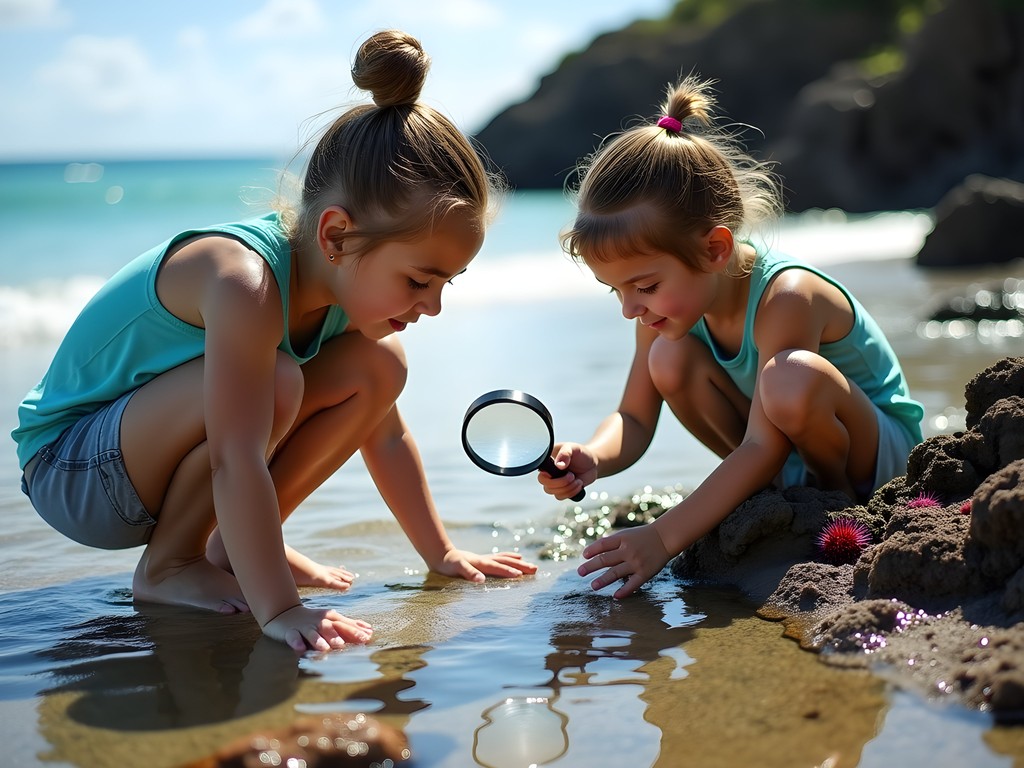
💡 Pro Tips
- Check tide charts and plan visits 1-2 hours before lowest tide for maximum pool exposure
- Wear protective water shoes as volcanic rocks can be sharp
- Practice 'observation only' ethics—returning all creatures to their exact locations
Twilight Bioluminescence Paddle: Nature's Light Show
Having studied bioluminescent organisms across several continents, I was skeptical about Kailua's offerings in this realm. While not as dramatic as Puerto Rico's famous bioluminescent bays, certain moon phases and seasonal conditions create subtle but magical displays in Kailua's protected waters—if you know where and when to look.
We booked a twilight outrigger canoe experience with Kailua Cultural Tours, specifically timed to coincide with the new moon when darkness maximizes visibility of bioluminescence. The traditional Hawaiian outrigger canoe (wa'a) itself became part of the educational experience, with its design reflecting centuries of observational science and adaptation to ocean conditions.
As twilight faded to darkness, our guide led us to protected coves where specific dinoflagellate species concentrate. The children's initial disappointment at the subtlety of the display—expecting perhaps the dramatic blue glow seen in manipulated photographs—transformed into wonder as their eyes adjusted. Each paddle stroke created swirls of living light, while fish darting beneath the canoe left brief trails of blue-green illumination.
The guide provided red light headlamps that preserve night vision while allowing us to navigate safely. These proved invaluable for recording observations without disrupting the natural light show. The children experimented with different movements to trigger the bioluminescence, discovering through play what scientists document through formal experimentation—that mechanical stimulation triggers the light-producing chemical reaction in these single-celled organisms.
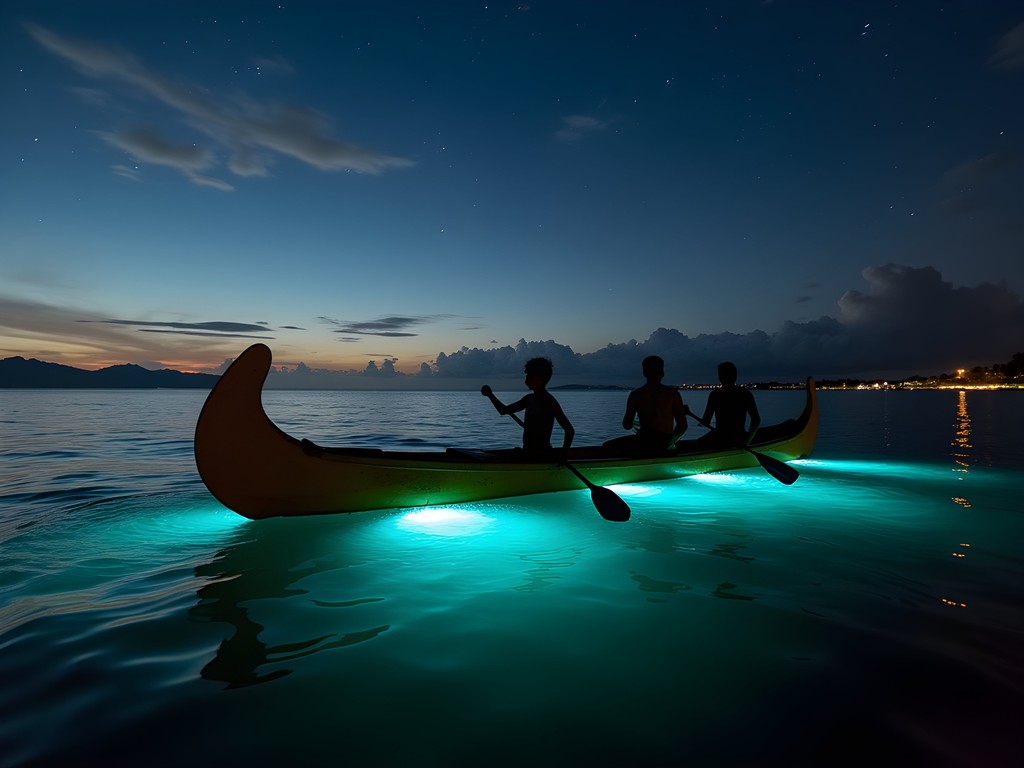
💡 Pro Tips
- Schedule bioluminescent experiences during the new moon phase for maximum darkness
- Allow 20-30 minutes for eyes to fully adjust to darkness before expecting to see subtle illumination
- Manage expectations—Hawaii's bioluminescence is subtle and beautiful, not dramatically bright like some destinations
Marine Conservation in Action: Beach Cleanup Safari
No responsible exploration of marine environments is complete without addressing human impact. Rather than presenting environmental challenges as overwhelming problems, we transformed conservation into an adventure through Kailua's Sustainable Shorelines program.
Equipped with reusable collection bags and data collection cards, we participated in what the program cleverly markets as a 'Beach Treasure Hunt' for children. Each category of marine debris (microplastics, fishing gear, consumer packaging) carried point values, with identification challenges appropriate to different age groups.
The competitive element transformed what could have been a chore into an engaging game. The children raced along the shoreline, developing genuine skill at spotting nearly invisible microplastics in the sand—training their observational abilities while contributing to actual scientific data collection.
What impressed me most was the program's emphasis on solutions rather than simply documenting problems. The afternoon concluded with a hands-on workshop where collected plastic bottle caps were transformed into art pieces, fishing line was repurposed into bracelets, and the children designed alternative packaging for products commonly found as beach debris.
Sarah later told me her oldest had spontaneously organized a similar cleanup at their local beach upon returning home—evidence that experiential environmental education creates lasting behavioral change in ways that mere information cannot.
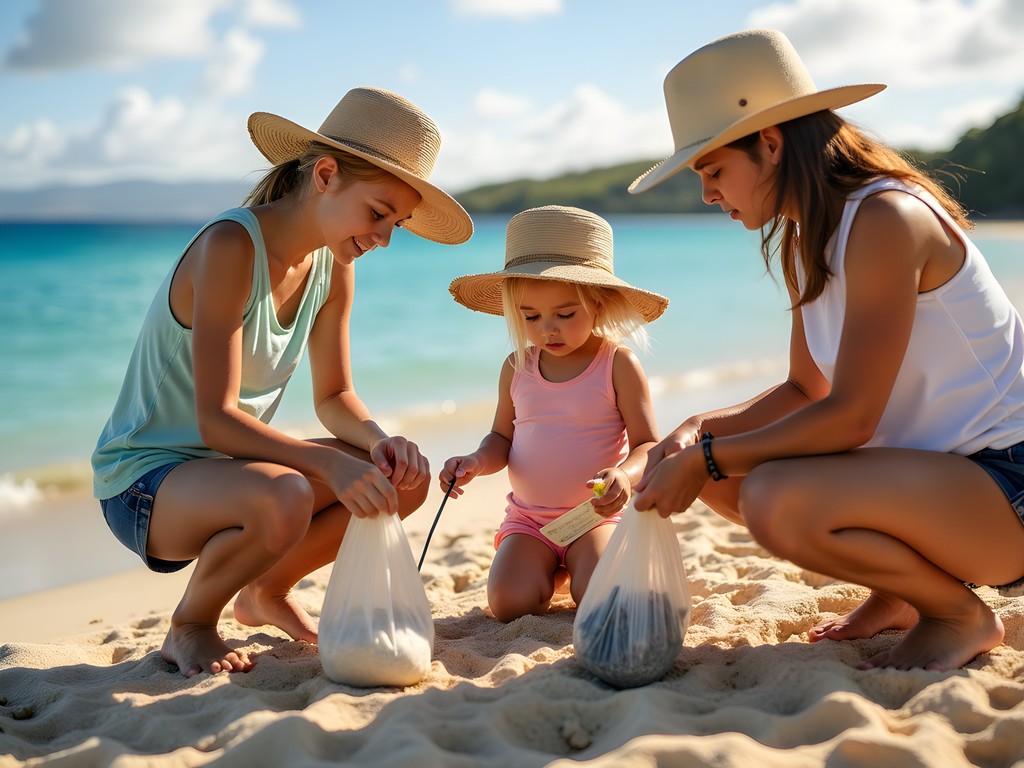
💡 Pro Tips
- Schedule cleanup activities early in your trip to heighten awareness of conservation issues throughout your stay
- Use garden gloves for children rather than disposable plastic gloves
- Focus on solutions and positive action rather than environmental guilt—especially with younger participants
Cultural Connection: Traditional Hawaiian Ocean Wisdom
Any scientific understanding of Kailua's marine environment remains incomplete without acknowledging the sophisticated ecological knowledge developed by Native Hawaiians across centuries of observation and adaptation. We dedicated our final day to learning from cultural practitioners who maintain traditional relationships with the ocean.
Through the Kailua Hawaiian Cultural Center, we participated in a 'Kai to Table' experience that began with learning traditional net fishing techniques that minimize bycatch and protect juvenile populations. The children were mesmerized by demonstrations of reading ocean conditions—identifying underwater currents by subtle surface patterns and predicting fish movements by observing seabird behavior.
The experience culminated in preparing a small sustainable catch using traditional methods and learning about the Hawaiian concept of 'kuleana'—responsibility and privilege in relationship to natural resources. The Hawaiian cultural guidebook I'd brought along provided helpful context, but nothing compared to learning directly from cultural practitioners.
Particularly moving was the discussion of how traditional Hawaiian conservation practices like the ahupua'a system (managing resources from mountain to ocean) and kapu (restrictions on fishing during spawning seasons) anticipated contemporary scientific understanding of watershed management and sustainable yield models by centuries.
The children connected these traditional practices to modern conservation challenges, recognizing that indigenous knowledge offers sophisticated solutions often overlooked by conventional science—a perspective I've encountered repeatedly in my own research across continents.
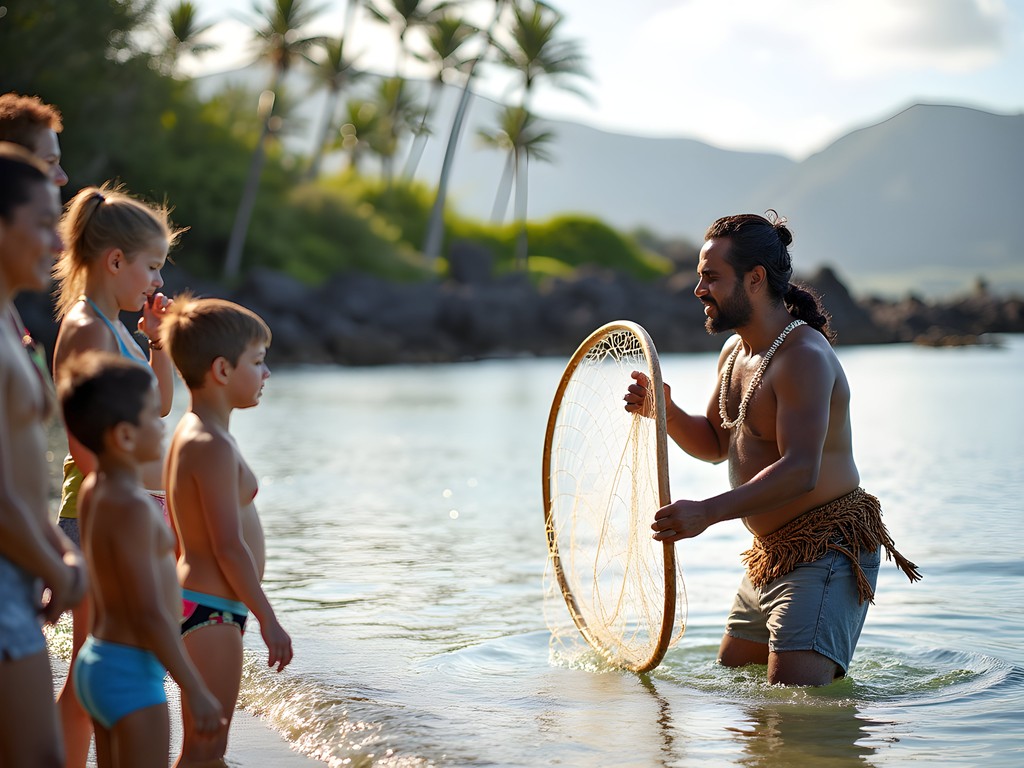
💡 Pro Tips
- Approach cultural learning experiences with respect and willingness to listen rather than simply extract information
- Support programs run by Native Hawaiian organizations rather than commercial approximations
- Prepare children beforehand with age-appropriate discussions about colonization and cultural respect
Final Thoughts
As our seaplane lifted from Kailua Bay on departure day, I watched Sarah's youngest press her face against the window, waving goodbye to the turquoise waters that had transformed from merely beautiful scenery into a living laboratory of discovery. The true luxury of Kailua isn't found in high-end accommodations or exclusive experiences—though these certainly enhance the journey—but in the rare combination of accessibility and authenticity that allows even young children to develop genuine connections with marine ecosystems.
What distinguishes this corner of Hawaii is how easily education becomes adventure and conservation becomes play. The children departed with more than photographs and souvenirs; they carried new observational skills, scientific vocabulary, and most importantly, emotional connections to ecosystems that will inform their relationship with the natural world throughout their lives.
As someone who has documented ecosystems across continents, I'm increasingly convinced that these immersive, multi-sensory childhood experiences in nature—touching sea cucumbers, tracking fish through clear waters, witnessing bioluminescence transform ordinary movement into magic—create the foundation for environmental stewardship more effectively than any classroom curriculum. In Kailua's gentle waters, science becomes wonder, and wonder becomes care. There is perhaps no more valuable souvenir to bring home.
✨ Key Takeaways
- Balance structured educational activities with unstructured exploration time for children to develop their own relationship with marine environments
- Partner with local conservation organizations and cultural practitioners for experiences that transform tourism into meaningful engagement
- Document observations through journals, photography or citizen science apps to reinforce learning and contribute to ongoing research
📋 Practical Information
Best Time to Visit
Year-round, with April-May and September-October offering ideal combinations of calm waters, fewer crowds, and pleasant temperatures
Budget Estimate
$5,000-$7,000 for a family of four for one week, including beachfront accommodation, specialized tours, and equipment rentals
Recommended Duration
Minimum 5 days, ideally 7-10 days to allow for weather flexibility and relaxed exploration
Difficulty Level
Easy To Moderate, With Activities Adaptable To Various Ages And Swimming Abilities

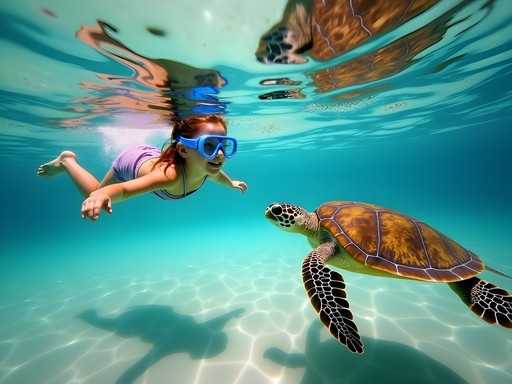
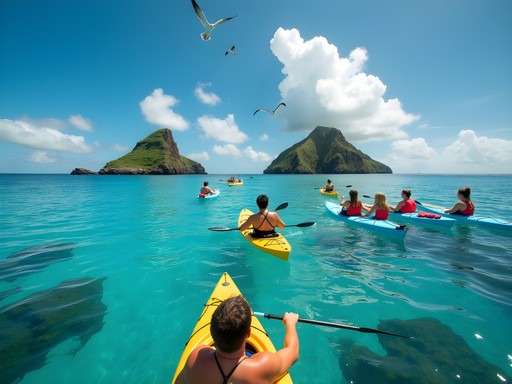

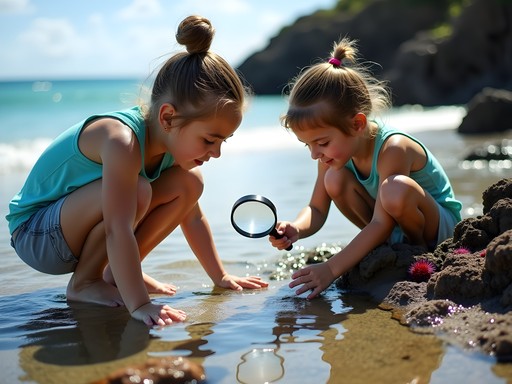
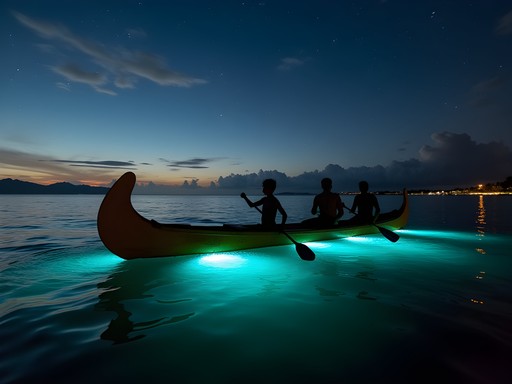
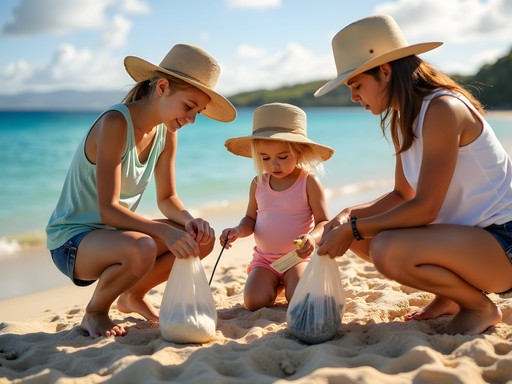




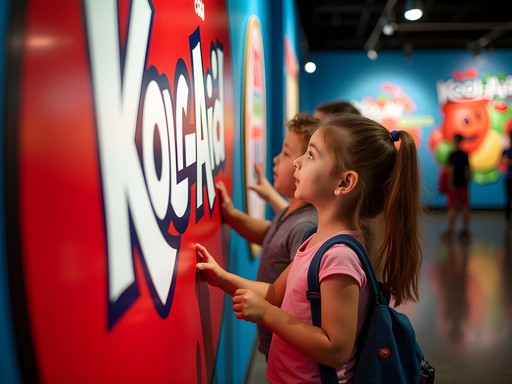
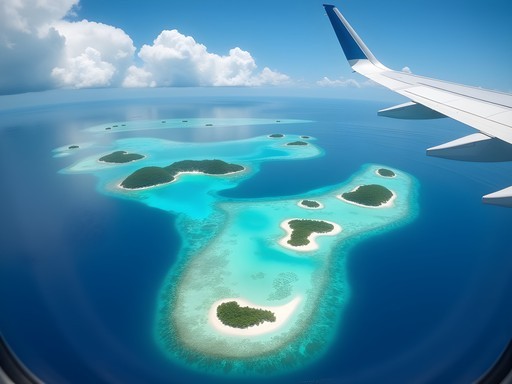
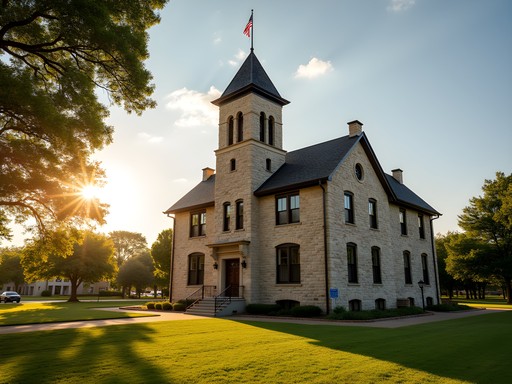

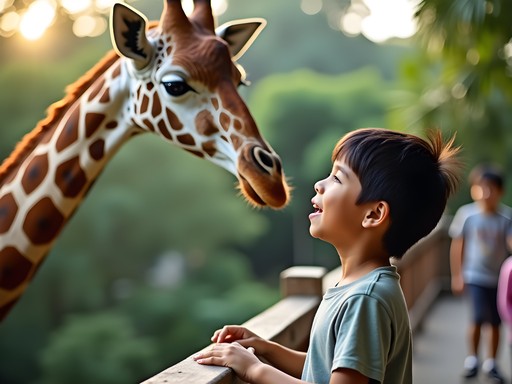

Comments
nomadgal
That shot of the Mokulua Islands is stunning! Screensaver material!
tripguy
Great post! How did you handle the seaplane with kids? My 5-year-old gets motion sickness on regular flights, wondering if the smaller plane would be better or worse?
greenchamp
Not OP but we did a seaplane in Hawaii last year. My son gets carsick but actually did better on the seaplane than commercial flights! The views are so incredible they're too distracted to feel sick. Just bring dramamine just in case!
explorebackpacker
OMG this post couldn't have come at a better time!! Taking my sister's kids (7 and 9) to Oahu next month and was stressing about keeping them entertained. Those tide pool explorations sound PERFECT! Did you find the paddleboarding suitable for kids who've never tried it before? My nephew is pretty athletic but my niece is a bit more cautious with new activities. Also, any recommendations on where to stay in Kailua that's walking distance to these beaches?
Nicole Russell
Not Hannah, but I was in Kailua last year! For first-time paddleboarders, Kailua Beach is actually perfect because the bay is so protected. Most rental places offer stabilizer attachments for kids' boards too. I stayed at an Airbnb near Kailua Beach Park that was about a 10-minute walk to the water - the whole town is pretty compact so most accommodations are relatively close!
explorebackpacker
Thanks Nicole! That's super helpful! Did you use any specific gear for the kids that you'd recommend?
Nicole Russell
Definitely get them reef shoes for the tide pools - lots of sharp rocks! And bring rash guards with UV protection since you'll be in the water for hours!
nomadgal
Those turquoise waters look unreal! Adding to my bucket list!
greenchamp
Just got back from Kailua with our 3 kids (ages 6-10) and can confirm it's absolutely magical for families! We also did the kayak trip to the Mokuluas but got caught in some wind on the way back - definitely check the weather forecast before heading out. The tide pools were the highlight for our youngest - she spent hours finding little crabs and sea urchins. Hannah, did you try the guided snorkel tour at Lanikai? We were on the fence but ran out of time.
nomadgal
Were the kayaks easy to rent? Planning to go in October with my niece and nephew!
greenchamp
Super easy! We rented from Kailua Beach Adventures right by the beach. Book online though - they were pretty busy even on weekdays.
vacationexplorer
Just got back from Kailua and followed your tide pool recommendations - absolute highlight of our trip! My kids (6 and 8) spent HOURS discovering tiny fish, crabs, and even spotted an octopus! The gentle waves at Kailua Beach were perfect for their first snorkeling experience too. Thank you for this amazing guide!
wanderseeker
That shot of the Mokulua Islands is breathtaking! Great post!
photobuddy
How long was the seaplane ride from Honolulu? Thinking of surprising my kids with that experience!
Hannah Riley
It's only about 15 minutes from Honolulu, but those minutes are SPECTACULAR! The kids will love it - seeing the reefs and beaches from above adds a whole new dimension to the trip.
journeyguide
Just got back from Kailua with our three kids (7, 9, 12) and can confirm everything in this post! The paddleboarding was a huge hit - even my 7-year-old got the hang of it after some initial wobbles. We rented boards for a full week which was more economical than daily rentals. One addition to Hannah's excellent list: check out the guided snorkel tours at Lanikai Beach. The guides pointed out so many fish species my kids would have missed on their own. They even provided underwater magnifying glasses which the kids thought were the coolest thing ever. The beach facilities are great too - clean restrooms and outdoor showers to rinse off. If you're staying in Kailua proper, most water activity spots are walkable or a quick drive.
starexplorer
Just got back from Kailua and followed some of your recommendations! The ecosystem survey while paddleboarding was such a unique experience - they gave our kids little waterproof notebooks to mark what they saw. One thing I wish we'd known though - parking near Lanikai Beach gets CRAZY by 10am. We found it's worth going super early (like 7:30am) or later afternoon. Also, there's a small shave ice stand near the kayak rental place that has natural fruit flavors - perfect after a hot day exploring!
Venture X
Premium card with 2X miles, $300 travel credit, Priority Pass